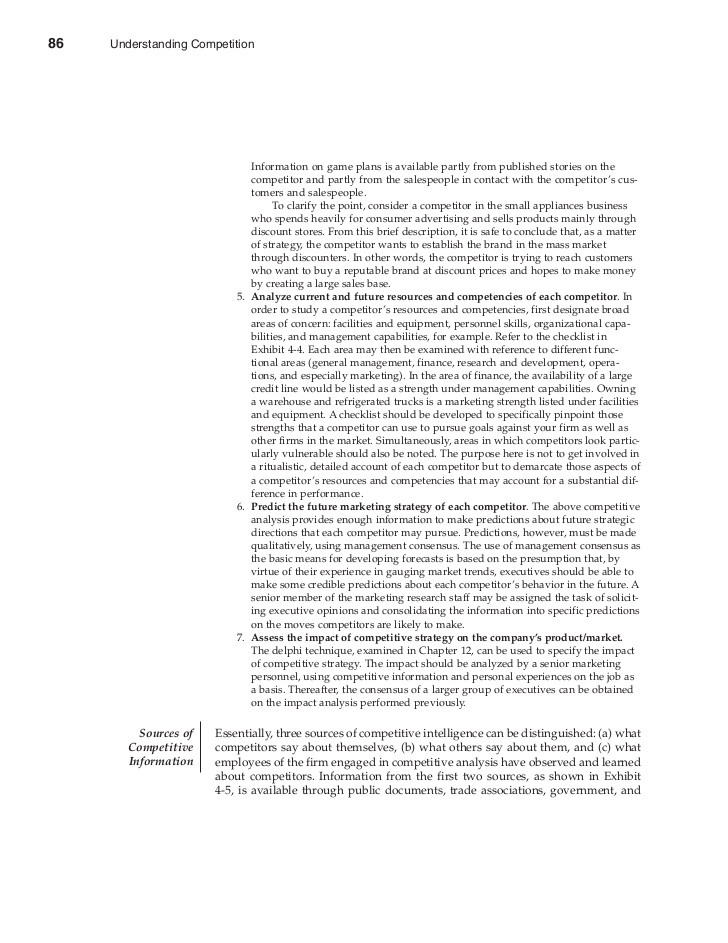DENIP Consultants Pv Interpreting Volume For The Futures Market
Post on: 25 Май, 2015 No Comment

Interpreting Volume For The Futures Market
Although many traders know how to use volume in their technical analysis of stocks, interpreting volume in the context of the futures market may require more understanding because considerably less research has been conducted on the volume of futures than that of stocks. Here we take a general look at some of the things you should know for looking at volume in the futures market.
Volume Reports
The volume of each futures contract (where individual contracts specify standard delivery months) is widely reported along with the total volume of the market, or the aggregate volume of all individual contracts. These volume figures are reported one day after the trading day in question, but estimates are regularly posted throughout the current trading day. For certain contracts, such estimates may be posted as regularly as hourly.
Volume and Liquidity
The most basic use of volume on futures markets is to analyze it in relation to liquidity. Futures traders will receive the best execution fills where there is the greatest liquidity, which occurs in the delivery month that is most active by volume. Yet, as contracts move from second month out, traders move their positions to the closest delivery month, causing a natural increase in volume. By contrast, volume declines as the delivery date gets close. Looking at volume of only one delivery month, therefore, garners a one-dimensional picture of market activity.
Looking at Total Volume: Tick Volume
Traders must analyze the volume of the aggregate of all contracts to give their analysis more than one dimension. The measurement of total volume will level out the patterns of increasing and decreasing participation based on the coming and going of individual delivery months. In stock market terms, using total volume to garner an overall picture of the market would be to add together the volume for all stocks in a similar group, perhaps for a specific industry group. This smooths over the periods when the volume of one particular contract was very low.
Since total volume may not be immediately available on the futures market, even as an intraday estimate, tick volume is used as a substitute. Tick volume is the number of changes in price regardless of volume that occur during any given time interval. The reason why tick volume relates to actual volume is that, as markets become more active, prices change back and forth more often.
For example, for a chart of 30-minute volume patterns, the tick volume of each interval (the number of ticks during the 30-minute period) can be compared to the first 30 minutes of the day and recorded as a percentage of the initial tick volume. This establishes a baseline volume for the day to which all subsequent ticks can be related.
The Beginning and End of the Day
It should be noted that volume is expected to be clustered on both ends of the trading day. In the morning, orders are entered into the market early as traders are reacting to overnight news and events as well as the previous day’s data that is calculated and analyzed after the close. The end of the day is active due to traders juggling for position based on today’s price movements. Closing price is typically the most dependable value of the day.
Chart Patterns
The volume of intraday trading displays typical chart patterns, such as a rounded bottom formation demonstrating lowest volume in the late morning when the traders take their breaks. The patterns of individual issues, however, may differ from these patterns. European currencies, for example, show more sustained high volume through late morning due to the prevalence of European traders in the markets at that time. To account for such patterns, compare today’s 30-minute volume for a specific time period with the previous average volume for the same period.
Interpreting Volume using Open Interest
Open interest is the measurement of those participants in the futures market with outstanding trades. Open interest is the net value of all open positions in one market or contract and portrays the depth of volume that is possible in that market. A market with a low number of contracts per day but also a large open interest tells the trader that there are many participants who will enter the market only when the price is right.
New interest in a market brings new buyers or sellers, which increases the value of open interest. When the open interest increases with a correspondingly quick rise in prices, more traders are likely entering long positions. That said, for every new buyer of a futures contract there must be a new seller, but the seller is likely to be looking to hold a position for a few hours or days, hoping to profit from the ups and downs of price movement. The open interest is attributed to the position trader, but such a trader is willing to hold the long position for a much longer period of time. If the prices keep rising, the longs will have the ability to hold their position for a greater period of time while the shorts are more likely to be forced out of their positions.
Some rules of thumb for interpreting changes in volume and open interest in futures market are as follows:
1. A rising volume and a rising open interest are confirmation of a trend.
2. A rising volume and a falling open interest suggest position liquidation.
3. A falling volume and a rising open interest point to a period of slow accumulation.
4. A falling volume and a falling open interest depict a congestion phase.

Volume and open interest can be used in a practical sense to guide one’s trades as follows:
1. Open interest increases during a period of an exhibited trend.
2. During the accumulation phase, volume may decline while open interest builds, but volume occasionally spikes.
3. Rising prices and a declining volume or open interest indicate a pending change of direction.
These rules, however, have exceptions, especially on days or at times when volume is expected to differ from the norm. For example, volume is usually lighter on the first day of the week, on the day before a holiday and during the entire summer period. Also volume may actually be heavier on Fridays and Mondays during a trending market. Liquidation of positions often occurs before the weekend, with positions being re-entered on the first day of the week. Finally, volume is heavier on a triple witching day, when stock-index futures, stock-index options and stock options all expire on the same day.
The Bottom Line
Volume and open interest are integral measures to guide one’s trading decision on the futures markets, but as always, these indicators should be considered in relation to extraneous market events. To get the clearest picture of the market conditions, one must consider as many factors as possible.
www.investopedia.com
Neeraj Rajgarhia
Summer Intern — Technical Analyst
DENIP Consultants Pvt. Ltd.














